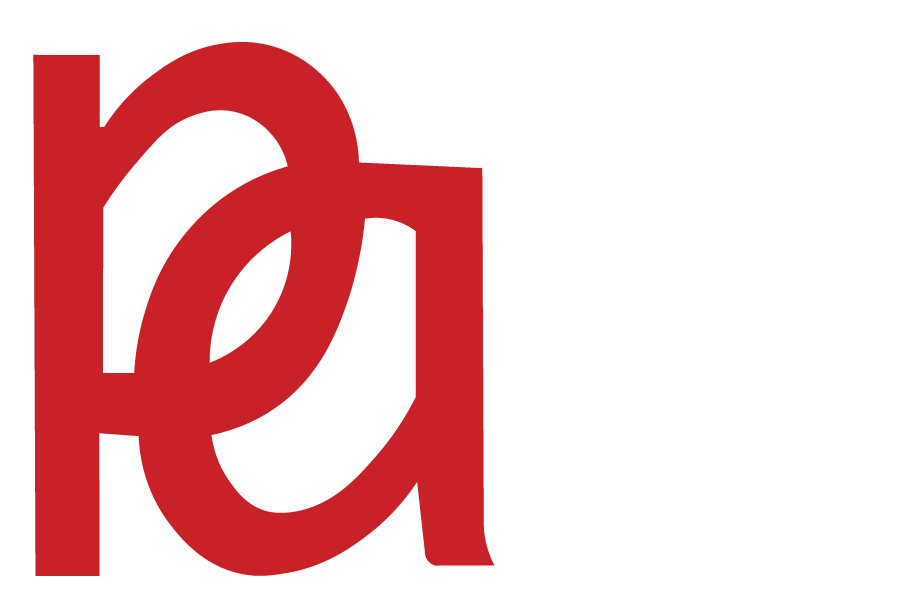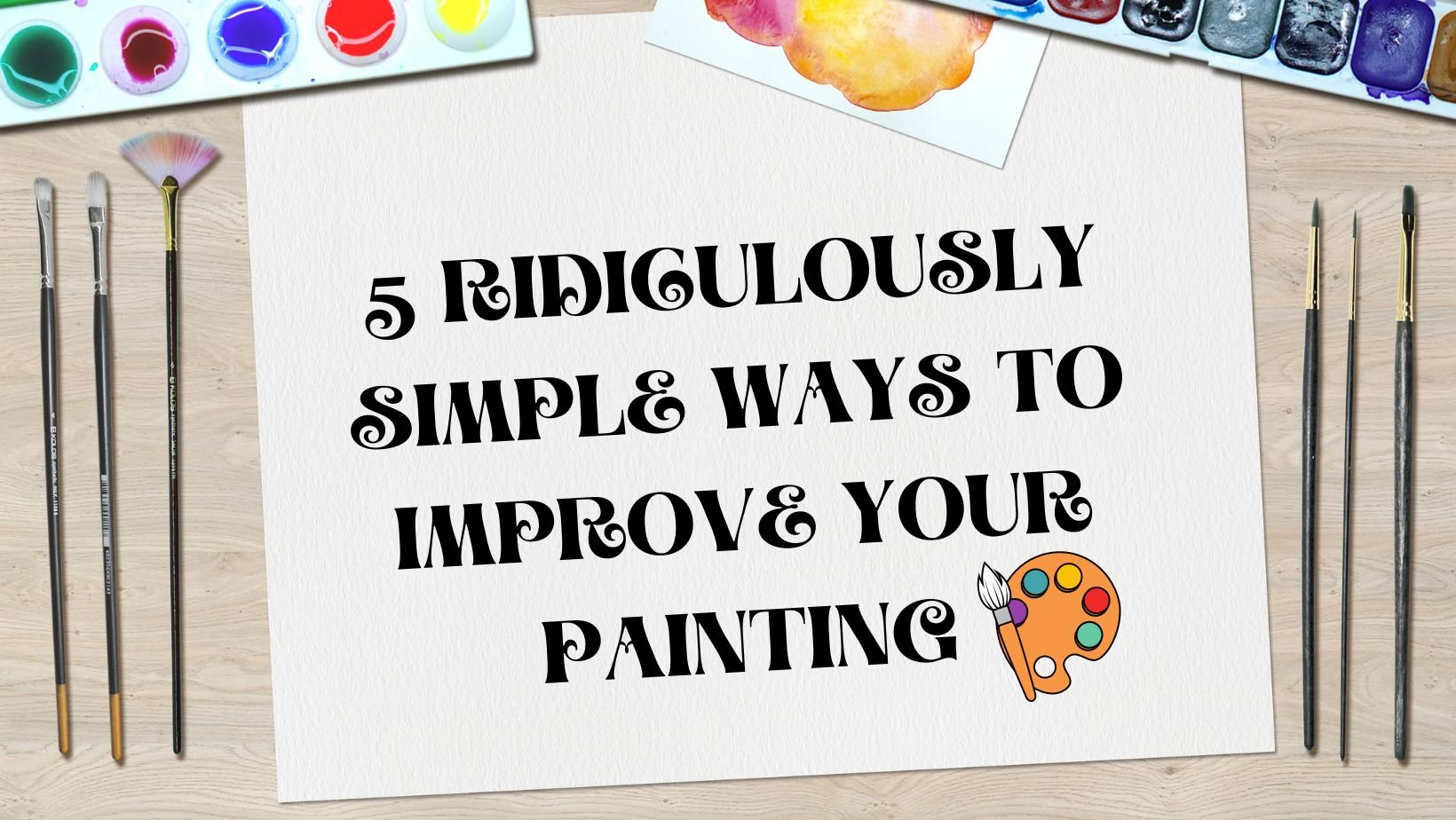5 Ridiculously Simple Ways To Improve Your Painting
Can you paint well? Can you draw or sketch something interesting? If you answered no to either question, then there's a good chance you don't really enjoy painting. And if you don't enjoy painting, you probably won't stick to it long enough to get better at it.
Painting can be fun, relaxing, and even therapeutic. Some people consider it a hobby, and some see it as a career path.
There are plenty of ways to improve your skills as a painter. These include practicing techniques such as drawing, sketching, and color theory.
There's also the option of learning from experienced artists. Whatever method you choose, remember to practice regularly and consistently.
So let's talk about how to improve your painting skills.
1. Use A Brush
A brush is the best tool for painting. Brushes have a wide range of shapes and sizes, which allow artists to create different effects.
Brushes are also good at covering large surfaces, making them ideal for painting walls and ceilings. Brushes are also great for applying paint evenly across a surface. If you're looking to improve your painting skills, try using a brush instead of a sponge or rag.
2. Practice In Front Of A Mirror
When you practice your art in front of a mirror, you'll notice how much easier it is to judge where you need to add color.
You'll also be able to see any mistakes you make immediately. When you're working on a larger piece, you may want to use a mirror to help you keep track of what you've already painted.
3. Keep A Sketchbook
Sketching out ideas before you start painting helps you get a feel for what colors go together and what colors don't work well together. Sketches also help you figure out whether you should mix two colors together or if they look good as they are.
4. Paint On Paper Before You Start Painting Walls
Painting on paper gives you a chance to test out your colors before you apply them to a wall. You can also sketch out ideas on paper before you begin painting.
When you start painting, you'll need some sort of surface to work on. Instead of starting directly on your canvas, try painting on paper first. This will help you get a good idea of what colors you want to mix before you actually begin painting.
5. Don't Be Afraid To Try New Things
If you're afraid to experiment with new techniques, you might not end up learning anything. Experimenting with new techniques can lead to some interesting results. So always try the different designs of paintings. And always try to play with color tests which color looks good or not.
Bonus tips
1. Get Out There And Paint Something!
Paint something, anything, anywhere. You don't need to worry about technique or subject matter just yet. Just paint something and learn what works and what doesn't. When you're done painting, look at what you've created and try to figure out why it looks good (or bad).
2. Buy A Brush Or Two
A brush is actually really cheap compared to how much time and effort it takes to master using them properly. In fact, some brushes can cost hundreds of dollars. If you want to get serious about painting, I'd recommend buying a set of quality brushes - preferably ones with varying widths of bristles.
3. Start On A Cheap Surface
Before you invest in a canvas, start practicing on a cheap surface, such as cardboard boxes. Canvases are expensive; they aren't supposed to crack after you use them once. That's why they're canvases.
4. Make Sure Your Surface Is Clean
Cleaning your surfaces is important before you begin painting. Dusting off excess dirt will help make sure all surfaces stay clean.
5. Be Realistic About What You Expect To Achieve As An Artist
Painting isn't a competition. Don't expect to win a prize for completing your masterpiece. Instead, focus on enjoying yourself while you practice.
About Pranjal Arts Collection:
Original, handmade, Indian folk, and contemporary art, Pranjal Arts is a collection of 200 paintings made by 70 different artists from India. Our collection of paintings is based on various themes and of all styles- oil on canvas, acrylic on canvas, watercolor, folk art, etc.

